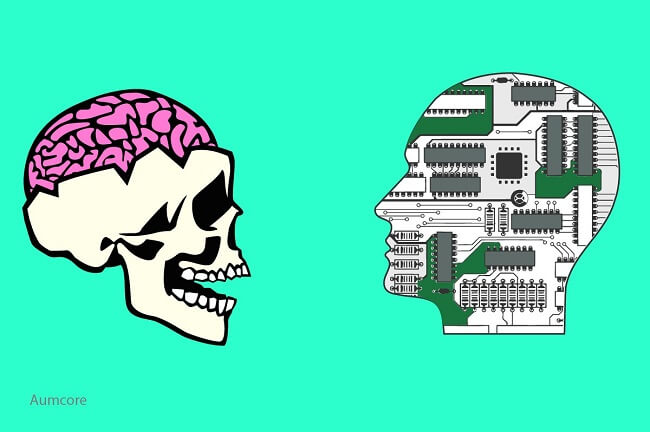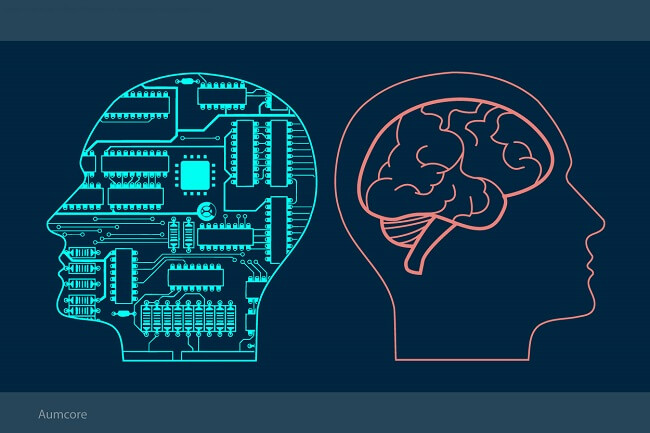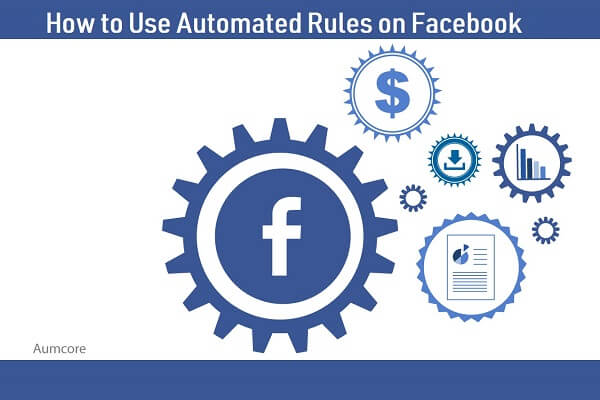Artificial intelligence (AI) is a hot topic in areas that range from marketing and advertising, to fashion and even cookery; it’s become one of the signature issues of the 21st century.
As a matter of fact, AI is so prevalent in today’s society that it needs no introduction. We use it when we shop (Amazon), when we stream (Netflix) and when we want to know something (Siri).
The question is, how can we combine AI and UX to create something truly memorable?
Designing for AI: Machine Learning UX and Human Centered AI
As a way of advancing efficiency and convenience, AI has a very big user experience (UX) component that needs to be properly addressed for it to be successful.
This is because the AI of today is not what we originally thought it would be — creating human-like intelligence — rather about creating tools that enhance our own intelligence and capabilities.
Therefore, whenever we talk about artificial intelligence product design, or whenever we Google AI design, we have to include UX in the discussion.
More than that, though, we have to talk about human centered machine learning; how a human-centric approach to AI design that reflects user needs is created.
To achieve this, we have to think about what user-centered design pioneer Don Norman said, that AI needs to “accept human behavior the way it is, not the way we would wish it to be.”
Read More: Who Will Win: Digital Celebrities or Real Celebrities?
In other words, to deliver what we need from it, AI should consider the constraints we as humans have; it should take our limitations into account, and use our strengths to bypass them.
To this end, we have to talk about the principles of designing AI for humans.
Let’s get started.
1: AI Design Sets Expectations
After years of Sci Fi books, movies and television shows telling us this and that about AI, our expectations of what it can actually deliver have become muddled.
For example, yes, we can create chatbots that mimic human conversation; no, we can’t create autonomous machines that think for themselves.
Adding to this problem is the fact that many of us are still unfamiliar with AI. We may hear about it in our everyday lives, but few actually know what the AI of today is, and even fewer what it can do.
To alleviate this, it’s important for AI designers to properly manage expectations and inform their users of what their AI can do, and what they themselves can do with it to accomplish their goals.
Similarly, because AI is a form of intelligence that can ‘learn,’ AI design shouldn’t just be natural to use or easy to pick up; it should be able to clearly explain how it can continually learn from use to accomplish goals more efficiently.
Therefore, apart from setting expectations of what it can do in the beginning, it also has to set them about the possibilities to come in the future.
2: AI Design Is Goal-Oriented

Along with expectations, AI design needs to be goal-oriented. If the goal of AI is to make our lives easier, and this is done by accomplishing goals, it goes without saying that the first can’t be accomplished without the second.
In terms of designing AI for humans, this means that AI works best when it homes in on what the user truly wants, not what it thinks they want. In other words, what AI considers to be the goal may not be what a human considers to be the goal.
Read More: How Algorithm Based Designs Are Changing the Role of Designers
Let’s use Google as an example to elaborate. Google places the end-user above all else and modifies its algorithms accordingly. A couple of years ago, Googling something would have returned pages that pretty much matched exactly what was Googled, regardless of intent.
The same can’t be said for today because today, Google knows a couple of things:
- More people than ever are searching with their phones
- This is giving a rise to voice search, which includes searching with intent
- Businesses, realizing the same thing, are opting to go with a responsive web design firm to prepare their sites for mobile users who are, in fact, searching with intent
Seeing that more people are using intent to search, and more businesses are tailoring their content accordingly, Google’s not going to use exact match as it stood for five years ago. Instead, it’s going to take intent into consideration and look into what the searcher truly wants.
This means that while one page may be a more accurate match for a normal AI system because it aligned exactly with what was searched, RankBrain, Google’s AI algorithm system, knows that there was intent behind the search, and will instead produce results that align more closely to what the searcher actually wants.
3: AI Design Enhances Our Abilities
The final AI design principle we’ll cover today contradicts the misconception that AI will replace us, which is one of the biggest fears many people have today concerning AI.
Even though it’s true that AI-enabled automation will replace some jobs, the reality is that, in most cases, it will actually offer support and enhance our abilities to accomplish tasks.
For example, because it can use machine learning to learn from data and draw conclusions from it, it can help us handle the busy work of data analysis so a human can take over afterward, when more complex thinking and ideation is needed.
Read More About: How the Healthcare Industry is Evolving with Artificial Intelligence
In this way, AI should be designed to enhance our abilities and build on them in a marrying of artificial and real intelligence that’s stronger than one alone.
Final Thoughts
The principles for designing an AI system are very different than those for, let’s say, custom web development. This is because we have set expectations of artificial intelligence and what it can do for us, and these may not always align with reality.
With a human-centric approach to its design, AI can place more focus on our strengths and weaknesses, and use them to create an overall better system that takes everything into account.
To accomplish this, designers must follow the three AI design principles we covered today:
- AI Design Sets Expectations
- AI Design Is Goal-Oriented
- AI Design Enhances Our Abilities





Tell us your thoughts in the comments